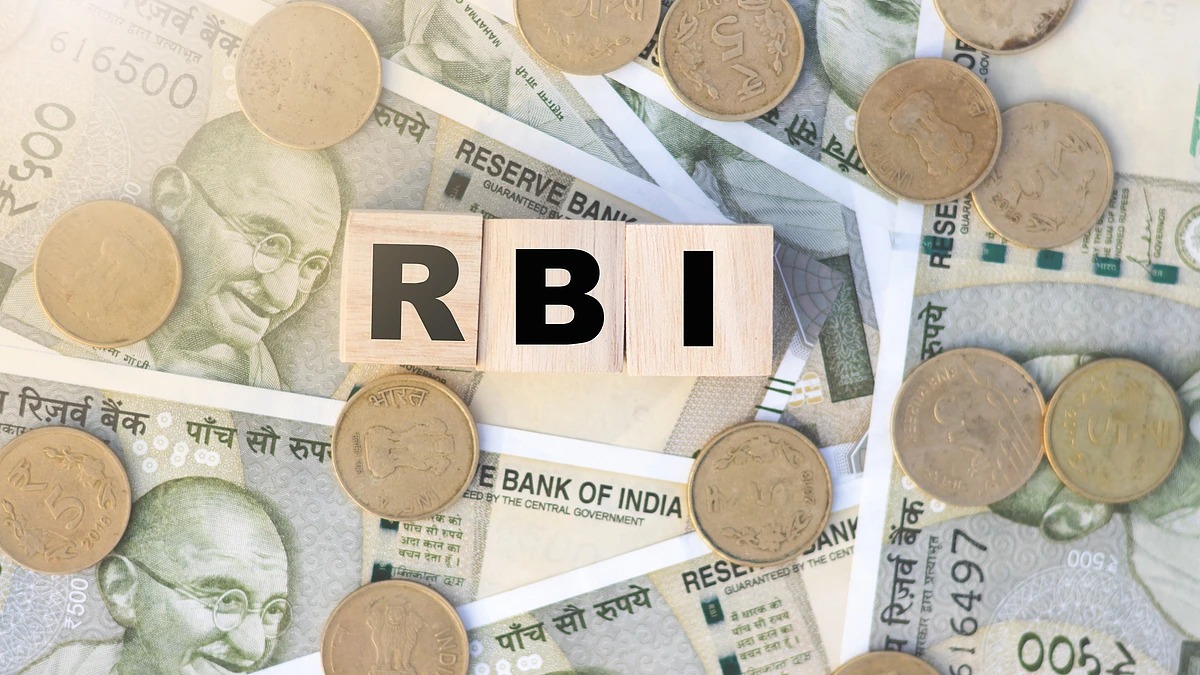The Reserve Bank of India (RBI) has reported significant year-on-year growth in reserve money and currency in circulation during the week ending August 15. Reserve money grew by 6.4 percent compared to 3.9 percent growth a year earlier, while currency in circulation rose by 8.8 percent against 5.9 percent in the corresponding period of the previous year. The total currency in circulation surged by 90.67 billion rupees to reach 38.26 trillion rupees. These figures reflect evolving liquidity conditions and cash demand in the Indian economy, influenced by seasonal factors and economic trends.
Key Highlights Of RBI’s Weekly Monetary Data
Reserve money, also known as high-powered money or the monetary base, expanded by 6.4 percent year-on-year as of August 15, improving from 3.9 percent growth last year.
Currency in circulation, a major component of reserve money representing physical cash held by the public, increased by 8.8 percent year-on-year, up from 5.9 percent in the same week of the previous year.
The actual volume of currency in circulation rose by 90.67 billion rupees during the reported week, reaching a total of 38.26 trillion rupees.
These statistics indicate stronger liquidity infusion and heightened cash demand amid ongoing economic activities and seasonal factors.
Understanding Reserve Money And Its Components
Reserve money comprises currency notes and coins held by the public plus balances held by commercial banks with the RBI. It forms the foundation of money creation in the economy and influences overall liquidity and inflation dynamics. Growth in reserve money signals increased money supply availability, affecting credit flow and spending behavior.
Drivers Behind The Increase In Currency Demand
Several drivers contribute to the uptick in currency in circulation. Firstly, increased consumer spending due to festivals, agricultural cycles, or government welfare payments boosts cash usage. Secondly, certain segments and regions with lower digital penetration continue to rely heavily on cash transactions. Thirdly, precautionary liquidity needs amid economic uncertainties also elevate cash holdings among businesses and households.
Economic Implications Of Liquidity And Cash Growth
Rising reserve money and currency circulation generally reflect expanding economic activity and improved liquidity conditions favorable for consumption and investment. However, excess liquidity can pose inflationary pressures if not matched by output growth. RBI closely monitors these trends to calibrate monetary policy tools such as repo rates and liquidity adjustment facilities.
RBI’s Role In Currency Management
The central bank regulates the supply of currency notes to meet public demand while maintaining system stability. Managing the currency supply involves forecasting seasonal and structural cash needs, coordinating cash distribution with banks, and preventing counterfeit risks. The recent increase in cash reflects successful efforts to align currency issuance with demand.
Trend Comparison With Previous Years
Comparing current growth rates with those of previous years provides insights into changing economic conditions. The higher growth in reserve money and currency circulation relative to last year may indicate stronger consumption demand or strategic liquidity management by RBI to support economic recovery. Tracking these trends aids policymakers and market participants in assessing monetary stance and economic health.
Cash Vs. Digital Payment Landscape
Despite expanding digital payment ecosystems in India, cash remains dominant in daily transactions, particularly in rural and informal sectors. The growth in physical currency circulation suggests cash’s enduring role. RBI’s balanced approach encourages digital adoption while ensuring physical currency availability to prevent transaction bottlenecks.
Challenges And Policy Considerations
Rising currency circulation warrants vigilance to mitigate risks such as tax evasion and money laundering facilitated by large cash flows. Enhancing digital infrastructure, promoting financial literacy, and strengthening regulatory frameworks complement RBI’s currency management objectives. Policy coordination between fiscal and monetary authorities is crucial to maintain economic balance.
Outlook And Future Monitoring
Liquidity and currency trends will continue to evolve with economic developments, fiscal measures, and global factors. RBI will monitor data weekly and adjust policy instruments accordingly. Financial sector participants should consider these dynamics for planning liquidity management and operational readiness.
Conclusion
RBI’s report of robust growth in reserve money and currency circulation underscores an evolving monetary environment characterized by increased liquidity and cash demand. These developments mark both opportunities and challenges in balancing economic growth, inflation control, and financial inclusion. Close monitoring and adaptive policies will be key to sustaining economic momentum and financial stability.
Sources: Reserve Bank of India, Economic Times, Business Standard, Reuters
